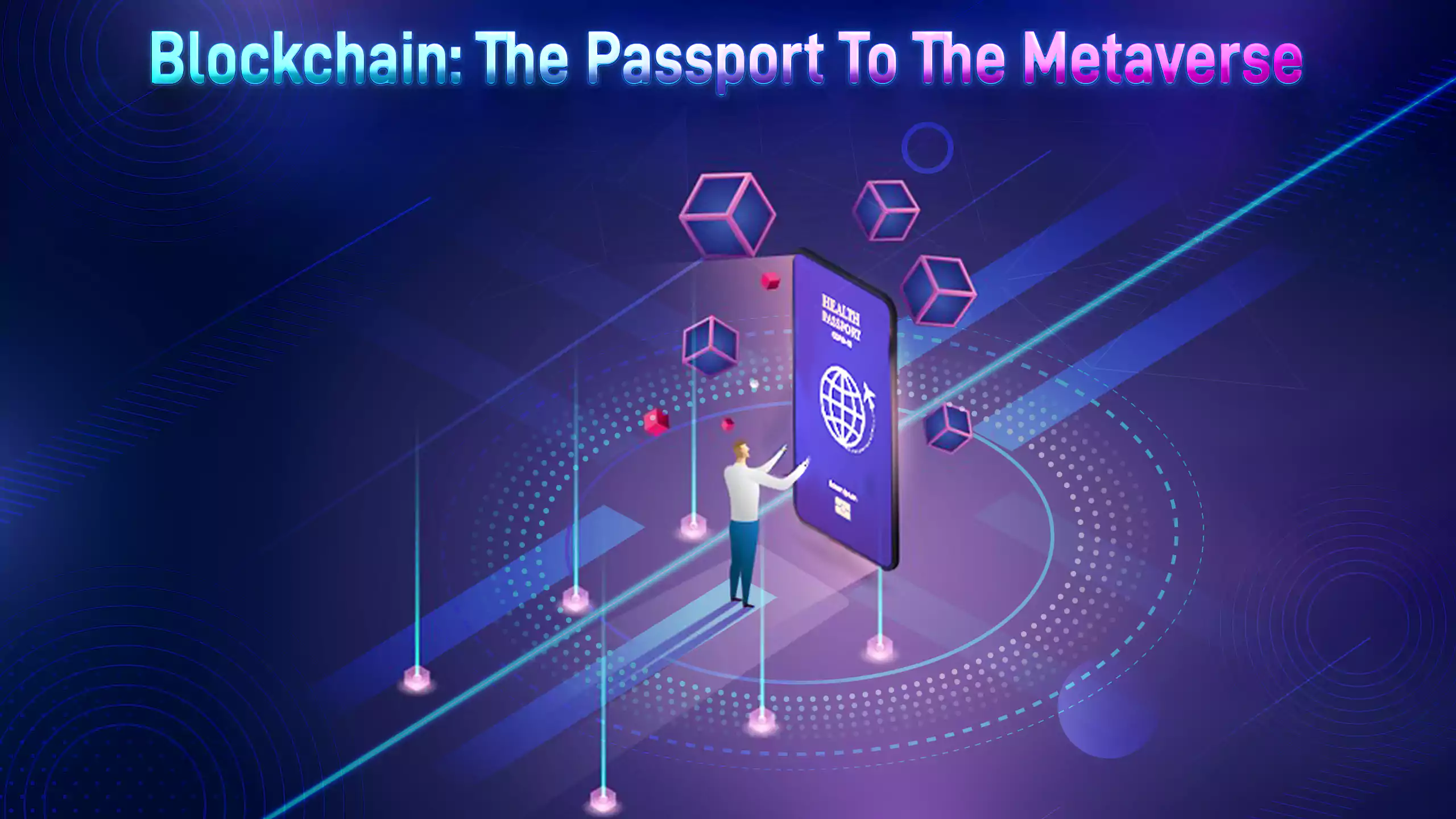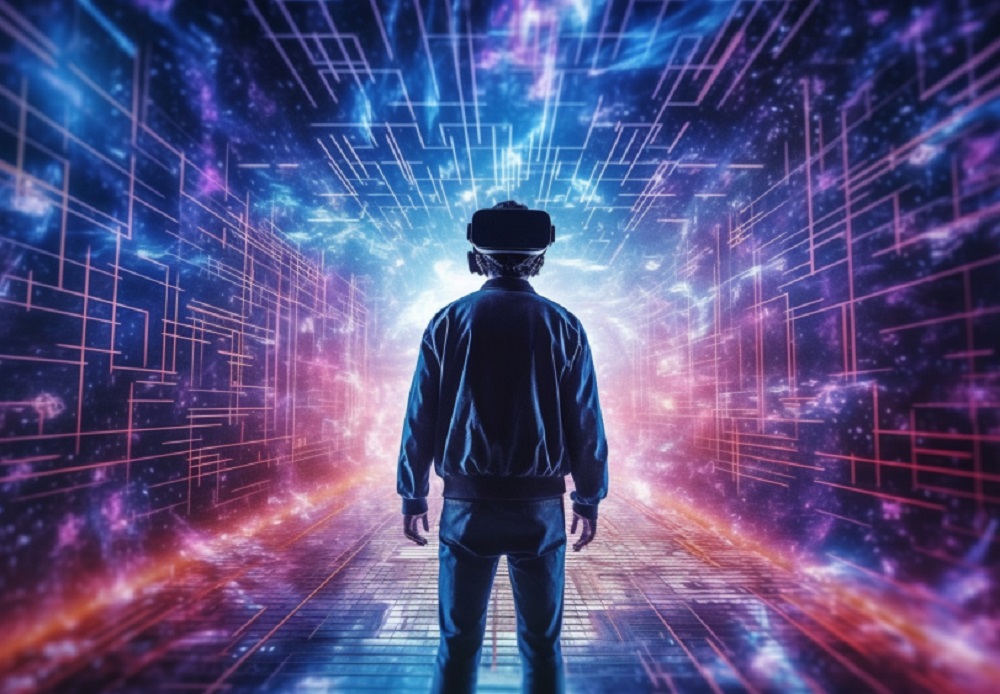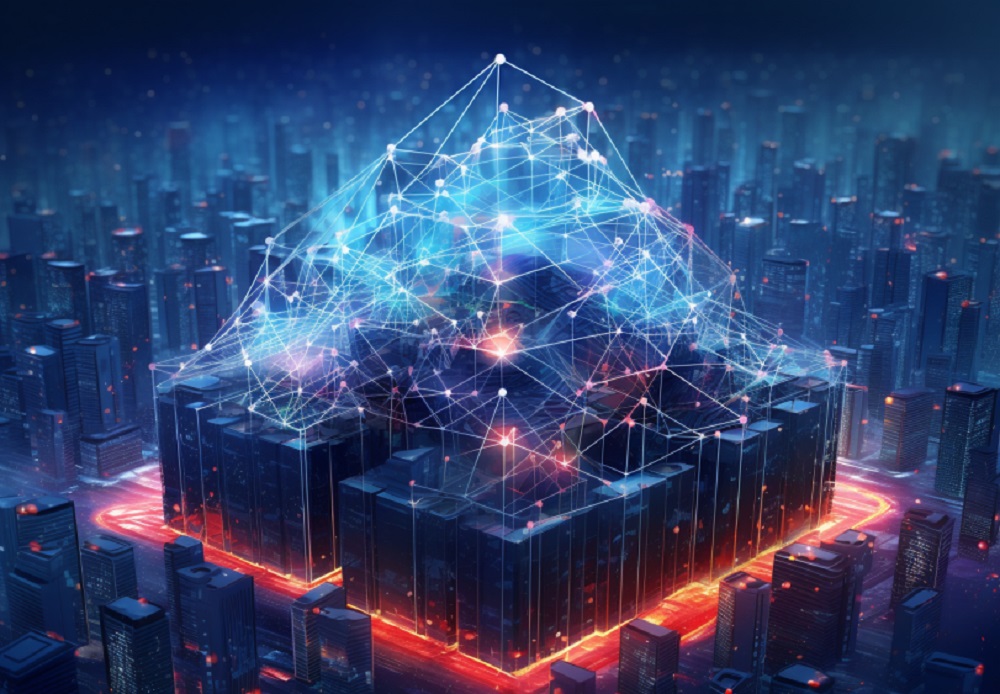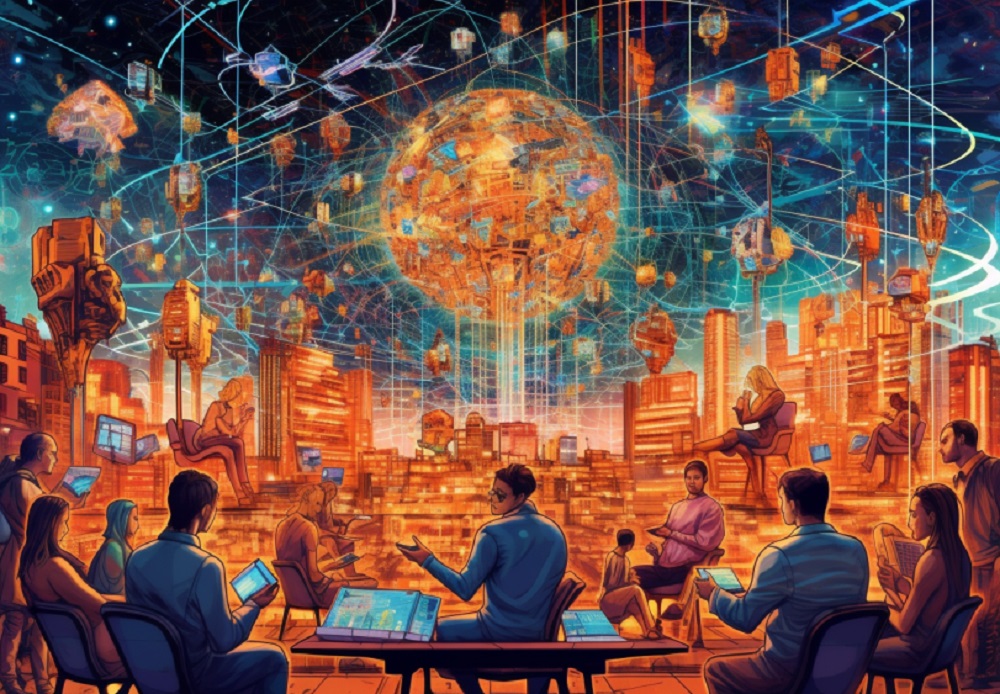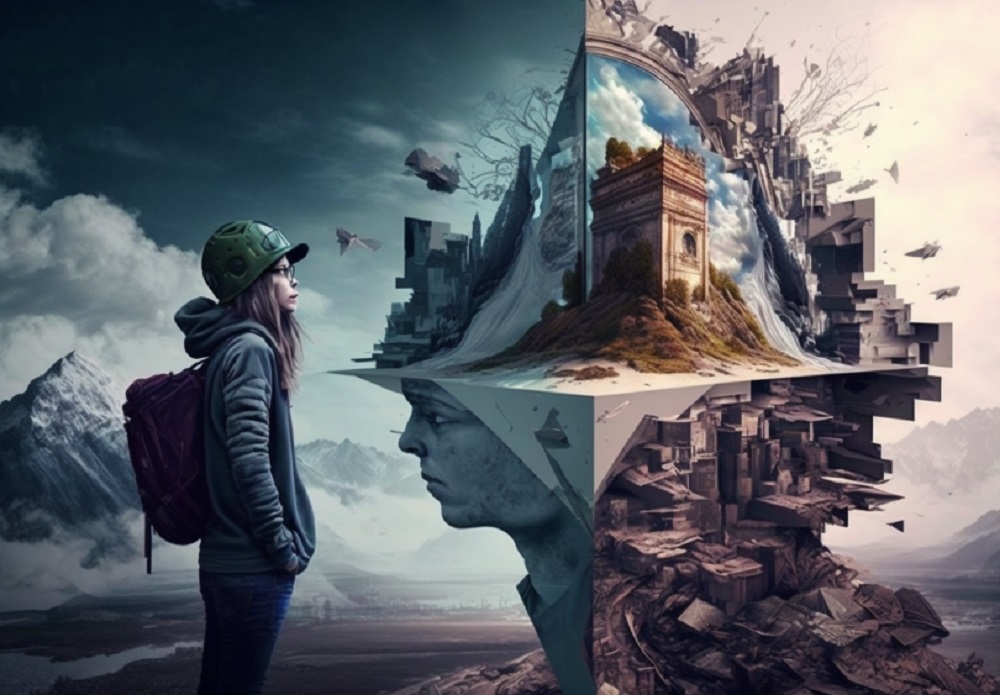The metaverse is not a new word to many. However, more people are familiar with Virtual Reality (VR) games and the artificial three-dimensional environments that come with them worldwide. Once the VR headset is strapped on, these environments completely replace real-life environments, fully immersing players in awe as they navigate other worlds and providing a thrilling experience.
Suppose you are one of those who are familiar with this technology. In that case, it is quite easy for you to see the metaverse as a collection of interconnected virtual worlds, similar to the internet but accessible through virtual reality. Of course, this is true to a certain extent. But, a key feature of the metaverse distinguishes it from the current internet: it is based on blockchain technology.
What is the Metaverse?
The term "metaverse" is a combination of the words "meta" and "verse," the first meaning "beyond," and the other meaning "universe." The metaverse, therefore, looks to open the doors to the creativity of our imaginations and bring them to life. The metaverse is a system of virtual worlds where users can share and communicate to revolutionize the internet. While web 1.0 was a generation of read-only web pages for advertisements, and web 2.0 facilitated interoperability and user-generated content in the form of social media, web 3.0 is defined by completely decentralized networks.
High-bandwidth computer networks will characterize the metaverse because it runs independently of any centralized authority, allowing decentralized data transfer for stable and real-time communications. It will also function with smart contracts for transparency, censorship resistance, and permissionless transactions. Additionally, images, videos, text, music, 3D objects, and 3D sceneries all have open and interoperable standards in the metaverse, and payment gateways accept cryptocurrency and fiat payments. It is worthy of note that all of these can only be accomplished using the blockchain.
What Is The Blockchain?
A blockchain is simply a growing register of cryptographically linked blocks. The cryptographic hash of every preceding block, a timestamp, and equivalent transaction data are included in the next block. As a result, the blocks form a chain, with each subsequent block strengthening the preceding ones. Because of this, blockchains are resistant to data tampering since data in any one block cannot be changed without affecting all the blocks before it.
This setup enables the blockchain to function as a peer-to-peer network and facilitates decentralization in operations. All transactions on the blockchain are recorded publicly as computers worldwide keep track of every single transaction at every time. The computers are otherwise called nodes, and every node keeps a copy of the blockchain and helps the network run smoothly and securely. In this way, the computers unanimously validate the legitimacy of every transaction.
Relationship between Blockchain and The Metaverse
Rapid expansion is taking place in the metaverse. As a result, more and more digital projects are being developed and linked together to help us connect more of our digital lives. Already, the use of the blockchain is having a significant impact on this development. Here are a few of the blockchain initiatives that are a part of the new digital future we are creating.
Digital proof of ownership, digital collectibility, transfer of value, governance, accessibility, and interoperability are all areas where blockchain has proven to be a useful technology. In addition, blockchain technology opens up the metaverse by providing a transparent and cost-effective entry point.
The following are the most important features of blockchain that make it well-suited for use in the metaverse:
- Digital proof of ownership
Having a wallet with access to your private keys allows you to instantly prove ownership of any activity or asset on the blockchain. While at work, for example, you could display a full transcript of your transactions on the blockchain. To establish a digital identity and prove ownership, a wallet is one of the safest methods available.
- Digital collectibility
We can show that an item is one-of-a-kind through digital collectibility, just as we can prove who owns it through physical evidence. This is critical for a metaverse that wants to incorporate more real-world activities. We can make objects with NFTs that are one-of-a-kind and never be duplicated or forged. A blockchain can also represent the ownership of tangible goods.
- Transfer of value:
Users must trust a metaverse's ability to transfer value securely. Coins used in multiplayer games are less secure than a virtual currency stored on a decentralized ledger. If people are going to spend a lot of time and money in the metaverse, they need a currency they can trust.
- Governance:
It's also important for users to control how they interact with the metaverse. For example, we can vote for leaders and governments in the real world. Blockchain technology has already been proven to be a reliable method of implementing fair governance in the metaverse.
- Accessibility:
Wallet creation on public blockchains is free and open to anyone in the world. In contrast to a bank account, no fees or personal information is required. By utilizing this service, you can easily manage your finances as well as your online digital identity.
- Interoperability:
Thanks to blockchain technology, it's becoming easier and easier for different platforms to work together. Among the many open-source blockchain projects that exist today are Avalanche (AVAX) and Polkadot (DOT), which both allow users to create their interoperable blockchains. In addition, it is possible to connect multiple projects in a single metaverse with blockchain technology.
Conclusion
Although creating a single, united metaverse is still a long way off, we can already see developments that appear to be headed in that direction. There is a tremendous amount of potential in the metaverse, and many people are optimistic that its opportunities will generate and distribute far more wealth than the systems of work that currently exist in our modern societies. It's unclear whether or not we'll ever reach the point of the metaverse. For the time being, we can take advantage of projects similar to metaverses and further integrate blockchain into our daily lives.

